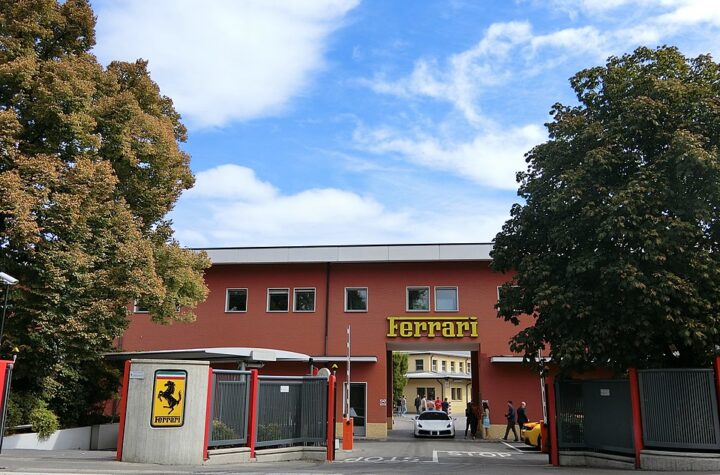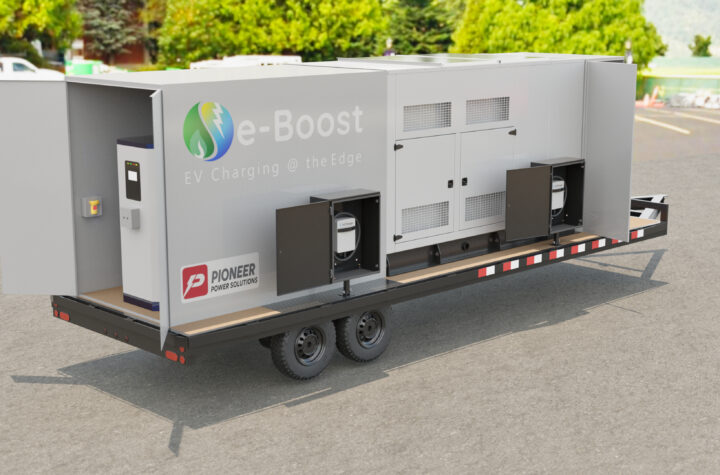
When developing Patriot, Jeep(R) engineers used high-strength, lightweight and sound-absorbent materials to create a safe, quiet body structure that also meets impact performance requirements. They also created two new durability cycles to test Jeep Patriot in driving situations that the Jeep enthusiast might encounter — situations that would prove Patriot is durable enough to be a true Trail Rated 4×4.
“We put Jeep Patriot’s body and chassis through some extreme test conditions to ensure that it could wear the Trail Rated badge,” said Matt Liddane, Chief Engineer – Jeep Patriot. “Test conditions included mud, twist mounds, moderate rocks, stair steps, sand/gravel, logs and grades, and this all-new Jeep Patriot with the Freedon Drive II Off-road Package performed well in every situation it encountered.”
Engineers validated the durability of the Jeep Patriot’s body structure through state-of-the art computer simulation, an extensive battery of laboratory fatigue tests, road-test simulation and real-time Proving Ground tests. This extensive testing ensures that the Jeep Patriot’s body structure is durable enough to withstand the wear and tear that comes with a minimum of 100,000 miles of driving and at least 10 years of corrosion when driven in the country’s salt belt region.
Jeep Patriot’s unitized body also includes a structural safety cage that provides excellent occupant protection. While the Jeep Patriot and Compass underbody architectures are shared with Dodge Caliber for platform compatibility, both Jeep vehicles were modified to make them uniquely Jeep.
HIGH-STRENGTH STEEL REDUCES WEIGHT, IMPROVES IMPACT PERFORMANCE
Jeep Patriot’s body components combine to form a structural safety cage that provides occupant protection in the event of an impact. By mass, 40 percent of Jeep Patriot’s body structure is constructed of high-strength and hot-stamped steel, making it one of the few current production vehicles at any price point to feature such a high level of combined advanced steel technologies.
“The higher weight-to-strength ratio of high-strength steel allowed us to develop a body-in-white safety cage that keeps occupants safe, but without the added weight of regular steel,” Liddane added. “Hot-stamped steel used on the A- and B-pillar and roof-rail reinforcements reduce Patriot’s overall weight by 44 lbs.”
The Jeep Patriot’s tailor-rolled, hot-stamped steel two-piece B-pillar construction features a lower section made from mild-strength steel to maximize energy absorption. This combines with a tailor-rolled, ultra-high- strength upper portion for enhanced occupant protection.
For rear-occupant side-impact protection, Jeep Patriot also features a hot-stamped steel cross-car beam that is bolted to the body structure underneath the rear seat. During a side-impact event, the beam works together with the integrated foam in the rear doors to transfer impact energy from one side of the vehicle to the other. The beam is designed to take as much as 60 percent of the load during a side-impact event. Steel beams within the front and rear doors provide additional side-impact occupant protection.
Jeep Patriot also features a hydroformed front closure and upper cross member. These modules previously had been limited to trucks and larger sport- utility vehicles (SUVs), but technological advances now allow for smaller diameter tubes and thinner walls, making them practical for a compact SUV like the Jeep Patriot. The strength and versatility of this design reduces weight, while providing a flexible base for mounting many parts and components.
The dual-phase steel used in Jeep Patriot’s front and rear rails, tunnel reinforcements and floor cross members represents some of the steel industry’s latest technology. In the event of a high-speed front impact, the structure and steel combine to protect the occupants by absorbing the impact energy in a controlled manner. Dual-phase steel tunnel reinforcements and floor cross members also allow the rails to handle greater impact loads than conventional steel. The steel’s structural benefits also make the Jeep Patriot stiffer for better ride quality and a quieter interior.
SEALANTS AND SOUND-DEADENING MATERIALS CREATE A QUIET INTERIOR
Jeep Patriot’s use of sealers and structural adhesives is world-class, giving customers a smooth ride with minimal road, wind and powertrain noise.
Seam sealing, which was previously only added to the inside of a vehicle’s body, is applied to both Jeep Patriot’s interior and exterior, adding stiffness to the body and reducing noise, vibration and harshness (NVH) characteristics. Patriot’s doors are triple sealed above the beltline and double sealed below to form a strong sound and moisture barrier. A continuous, one-piece channel weather strip mounted in the upper door frame provides effective sealing against wind noise and water leaks.
Patriot also includes an NVH package designed to isolate passenger compartments from powertrain noise. This includes balance shafts on the 2.4- liter World Engine, a low-rumble intake manifold, acoustic engine box silencers, fender silencers, isolated air-conditioning lines, a three-layer metal-plastic-metal oil pan, select-fit engine bearings and tappets, sound- deadening material in the instrument panel and carpet with sound barrier.
AERODYNAMIC AND APPEALING
Extensive development went into shaping the Jeep Patriot’s upper body and rear liftgate to ensure the vehicle is both aerodynamic and visually appealing. In fact, the Patriot’s boxy, functional shape underwent significant aerodynamic testing and development for fuel efficiency, wind noise and water management.
Patriot’s hood is stamped from steel and includes a small lip on the trailing edge to help direct airflow over the windshield wipers. To reduce drag, the Patriot’s roof, D-pillar and taillamps were shaped to help separate the air cleanly. Engineers designed several of Patriot’s exterior body features to reduce wind noise. The Jeep Patriot’s large exterior rearview mirrors provide good visibility while minimizing aerodynamic drag and turbulent wind noise. Patriot’s windshield water channel and radio antenna were refined in the Chrysler Group’s state-of-the-art aero acoustic wind tunnel to minimize wind noise. A lip on the trailing edge of the hood directs air flow over the wipers, reducing wind noise inside the vehicle.
The following additional features help reduce drag:
– An air dam under the front fascia streamlines the airflow around the
Jeep Patriot, rather than under the vehicle, increasing air flow to the
cooling system
– Front and rear tire spoilers designed into the fascia and side sill
moldings direct air around the tires to reduce drag
– The muffler is angled up slightly at the rear, and its height is tuned
to direct airflow out from underneath the back of the vehicle
– Bodyside character lines are optimized to reduce drag














More Stories
Horse Logos In Cars – Car Brands With Equine History
Durable Engine Labels for Harsh Automotive Conditions
How Does Motorcycle Transport Work? Costs, Methods & Companies